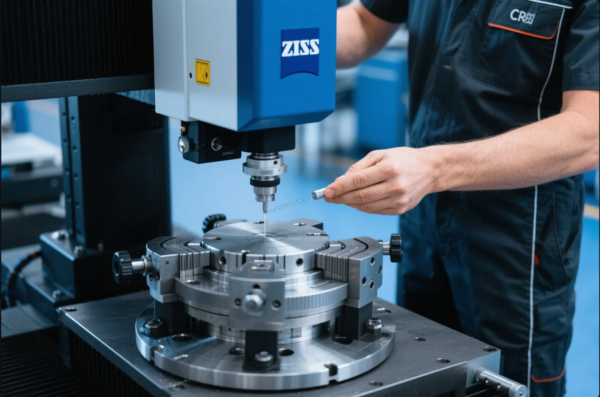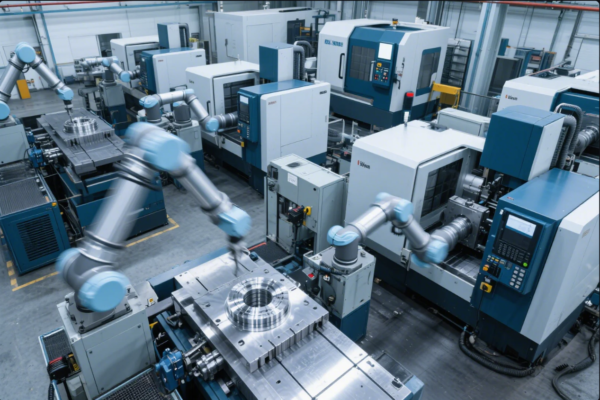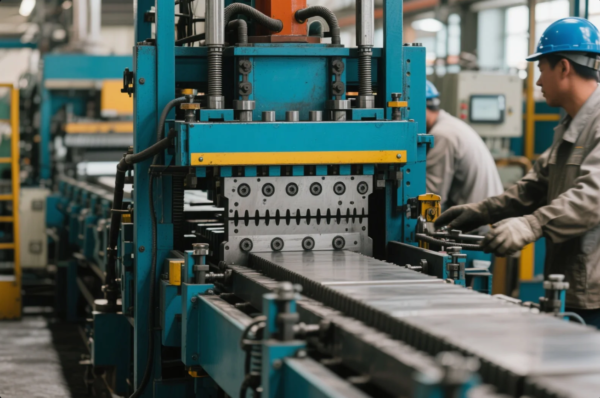What is a decentralized organizational structure?

A decentralized organizational structure allows decision-making authority to be distributed across various levels of the organization, rather than being concentrated at the top. This model empowers managers at different levels to make decisions that best serve their departments or teams.
Snippet paragraph: A decentralized structure distributes decision-making across the organization, enabling flexibility, quicker decisions, and greater empowerment.
Let’s explore the concept of decentralization, its benefits, and examples of organizations that thrive using this model.
What is a decentralised organizational structure?
A decentralized organizational structure is one in which decision-making is distributed across various levels of management, rather than being concentrated at the top. In this structure, lower-level managers and teams have the autonomy to make decisions without always needing approval from senior leadership. This promotes quicker decision-making, greater flexibility, and a more responsive organization.
Snippet paragraph: A decentralized structure disperses decision-making power, enabling faster responses and greater flexibility across different levels.
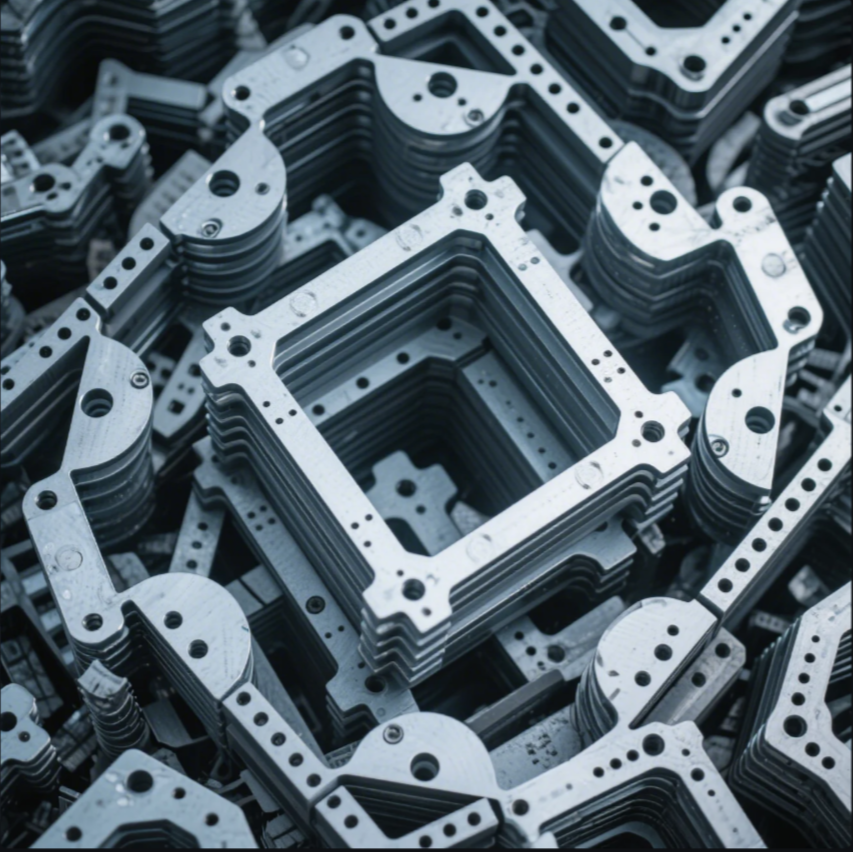
Dive-Deeper paragraph:
In a decentralized organizational structure, authority and decision-making power are pushed down to lower levels of the company, enabling employees at various levels to take ownership of their responsibilities. This can be particularly effective in large organizations or those with a global presence, as it allows decisions to be made locally by managers who have a better understanding of regional or department-specific needs.
Decentralization can be a key factor in fostering innovation, as employees are empowered to make decisions that can help the organization adapt to market changes or customer demands. By breaking down the traditional top-down hierarchy, decentralization promotes a more collaborative and responsive work environment.
Key Features of Decentralized Structure:
| Feature | Description |
|---|---|
| Distributed Authority | Decision-making is spread across various levels |
| Flexibility | Enables quicker responses to local or department-specific issues |
| Empowerment | Employees at lower levels have more autonomy |
| Local Decision-Making | Managers have the freedom to make decisions based on local needs |
A decentralized organizational structure can lead to improved morale and greater creativity, as employees feel more involved in the decision-making process.
What is an example of a decentralized organization?
A well-known example of a decentralized organization is McDonald’s. While McDonald’s operates on a global scale, it empowers local managers and franchise owners to make decisions about their individual locations, such as adjusting menus to suit local tastes, or making operational adjustments based on regional demand.
Snippet paragraph: McDonald’s is an example of a decentralized organization, empowering local managers to make decisions based on regional needs.

Dive-Deeper paragraph:
McDonald’s, despite being a massive global corporation, operates with a significant degree of decentralization. The franchise model allows local store owners and managers to make decisions on aspects such as inventory management, employee scheduling, and marketing strategies tailored to their region. This decentralized approach enables McDonald’s to be highly adaptable in various markets, adjusting its operations to meet local demands, regulations, and cultural preferences.
By decentralizing, McDonald’s is able to give its individual locations a level of autonomy, allowing them to respond quickly to customer needs and market changes without waiting for directives from corporate headquarters. This creates a more dynamic and flexible organization that can stay ahead of competitors in diverse markets.
Features of Decentralization at McDonald's:
| Aspect | Description |
|---|---|
| Local Autonomy | Franchise owners manage daily operations independently |
| Flexibility | Ability to tailor services to local tastes and preferences |
| Quick Decision-Making | Local managers make decisions without waiting for corporate approval |
This decentralized model has contributed significantly to McDonald’s success, allowing it to maintain consistency while also offering flexibility.
What is an example of a Decentralised structure business?
Johnson & Johnson is another example of a business that uses a decentralized structure. The company operates in multiple sectors, including pharmaceuticals, medical devices, and consumer health products, with separate divisions that have a high degree of autonomy. Each division has its own management team that makes decisions regarding products, marketing, and research and development without needing to consult the top management.
Snippet paragraph: Johnson & Johnson uses a decentralized structure, with individual divisions making decisions independently, tailored to their specific markets.
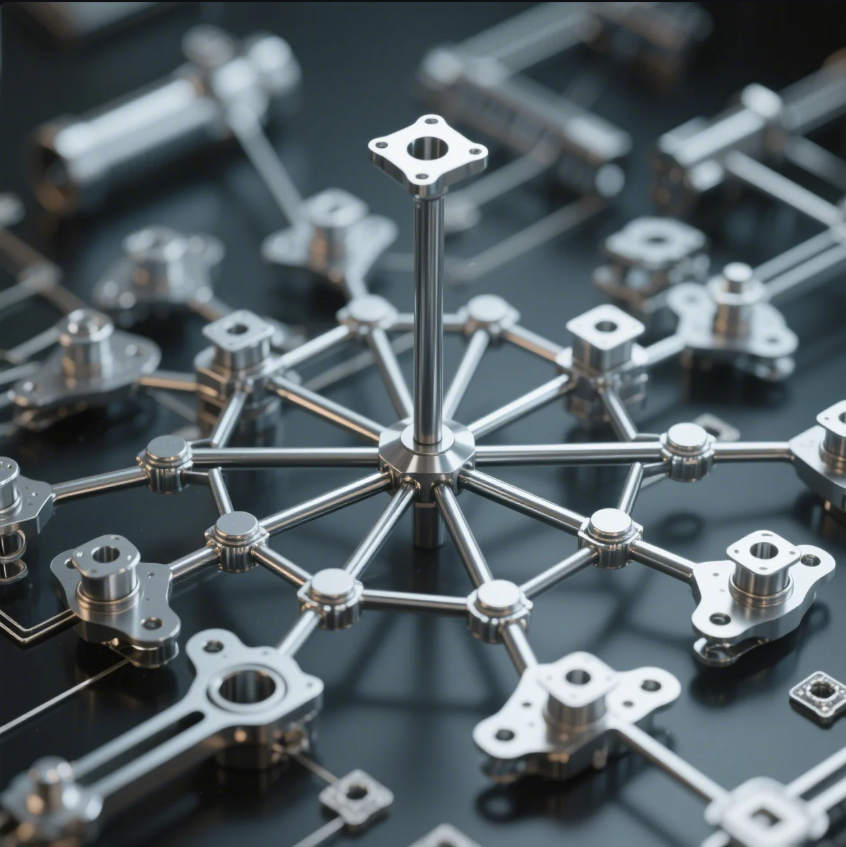
Dive-Deeper paragraph:
Johnson & Johnson’s decentralized structure allows each of its business units—such as its pharmaceutical division, medical devices unit, and consumer health products—autonomy over its day-to-day operations. Each division operates almost like a separate company within the larger organization, with its own executive leadership, product strategies, and market focus. This decentralized model enables the company to be highly agile in responding to the unique demands of each market, whether that’s in the healthcare sector or consumer goods.
The decentralized approach also fosters innovation, as each division has the freedom to experiment with new products, marketing strategies, and business models that are most suited to their target customers. This structure has enabled Johnson & Johnson to remain competitive and continue to expand in diverse markets around the world.
Key Benefits of Decentralization at Johnson & Johnson:
| Benefit | Description |
|---|---|
| Autonomy | Each division manages its own strategy and operations |
| Innovation | Divisions can develop and test new ideas independently |
| Agility | Faster responses to market demands and changes |
By decentralizing, Johnson & Johnson can focus on specialized areas of its business while maintaining a coherent overall strategy.
What are the key characteristics of a decentralized organization?
Key characteristics of a decentralized organization include:
- Distributed Decision-Making – Authority is spread across various levels of management, giving decision-making power to lower-level managers and employees.
- Autonomy – Managers and teams have more freedom to make decisions that align with their local needs or specific department goals.
- Flexibility – A decentralized structure allows organizations to adapt more quickly to changes in the market, industry, or customer needs.
- Collaboration – The sharing of information and decision-making across departments or regions encourages collaboration and fosters a sense of ownership among employees.
- Innovation – By allowing different parts of the organization to experiment and make decisions, decentralization encourages creativity and the development of new ideas.
Snippet paragraph: Key characteristics of a decentralized organization include distributed decision-making, autonomy, and enhanced flexibility across levels.
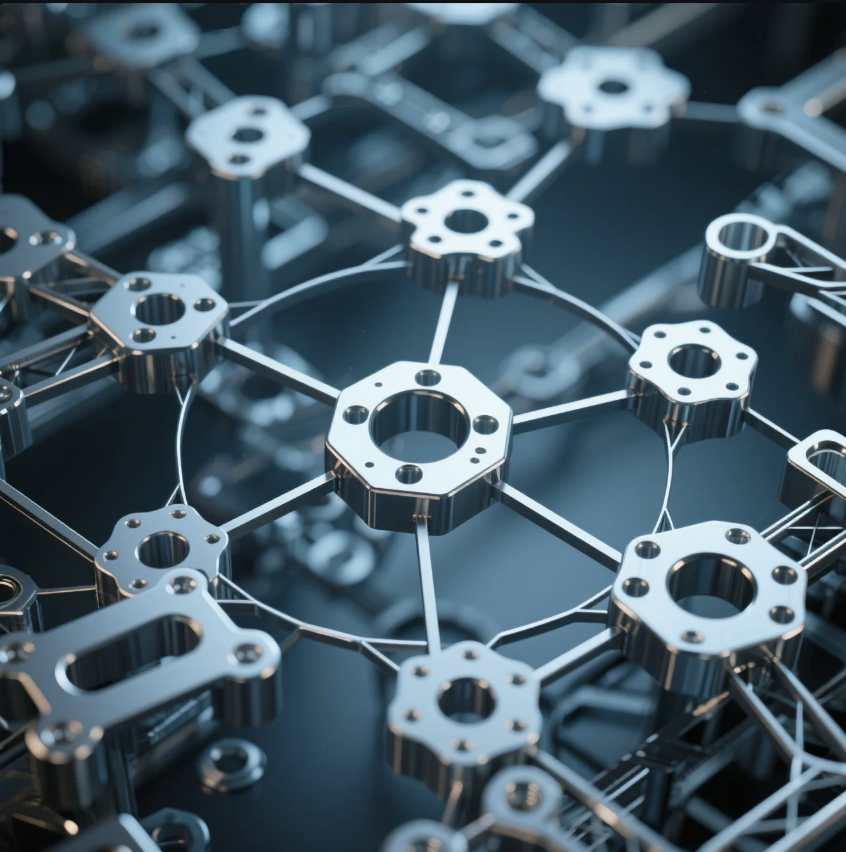
Dive-Deeper paragraph:
A decentralized organization thrives on its ability to distribute authority, giving lower-level managers the flexibility to act quickly and make decisions that are best suited to their area of responsibility. This autonomy fosters a culture of innovation, as employees are encouraged to take ownership of their work and contribute ideas that benefit the organization. With a decentralized structure, companies can also be more agile, responding to changes in the marketplace or adapting to customer needs without waiting for approval from the top.
In a decentralized organization, the communication channels are more fluid, and the decision-making process becomes less hierarchical. This leads to faster action and often results in a more dynamic and responsive organization that can better handle challenges and seize opportunities in real-time.
Essential Traits of Decentralized Organizations:
| Characteristic | Description |
|---|---|
| Distributed Authority | Decision-making is pushed down to various levels |
| Greater Autonomy | Managers have more control over decisions in their areas |
| Faster Adaptability | Quick decision-making in response to changes |
| Improved Collaboration | Cross-functional cooperation fosters innovation |
| Enhanced Innovation | Freedom to explore new ideas and solutions |
This structure is particularly effective in industries or organizations that require high levels of responsiveness, such as tech companies, large multinational corporations, or fast-moving consumer goods businesses.
Conclusion
A decentralized organizational structure enhances flexibility, innovation, and quicker decision-making by distributing authority across multiple levels, empowering employees and fostering a more responsive business environment.

